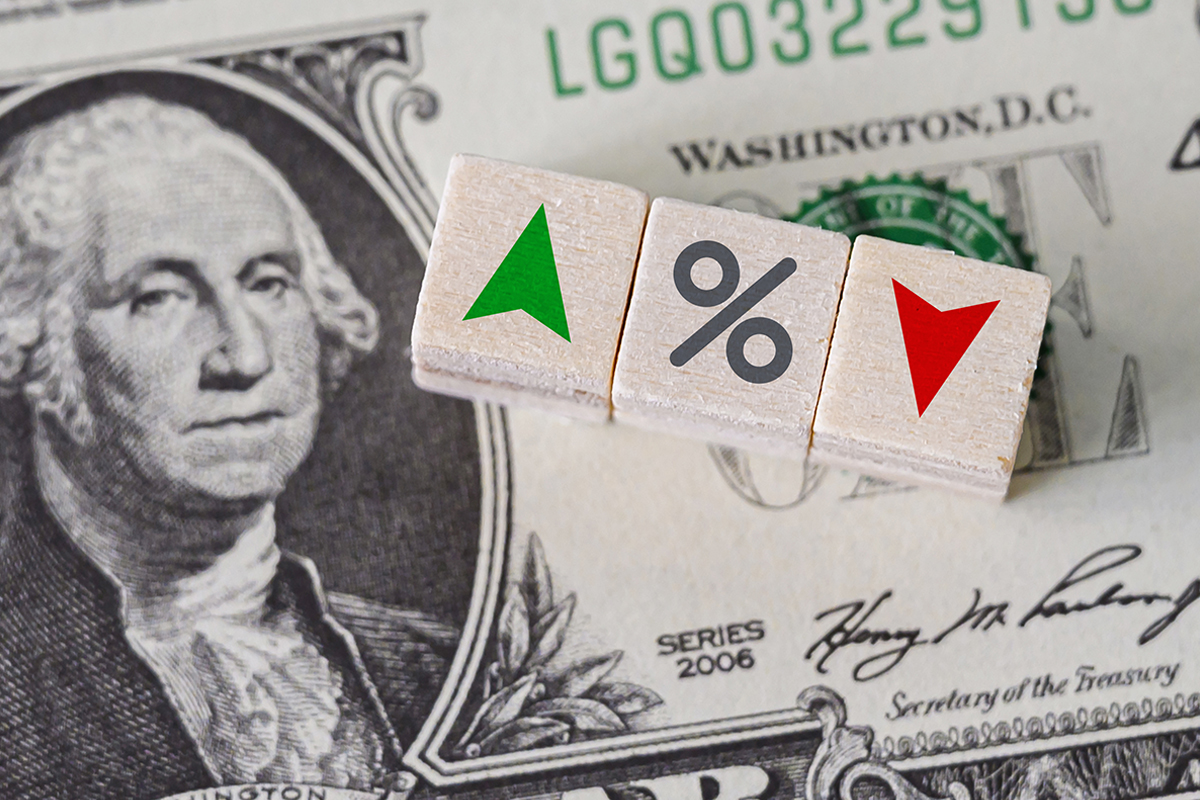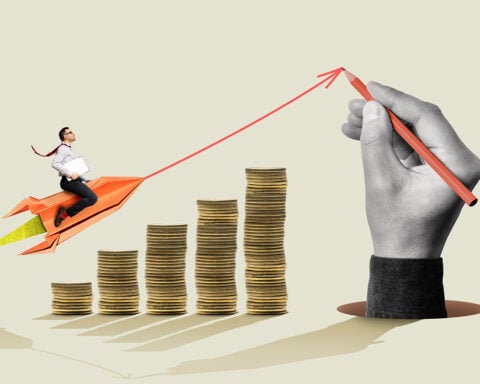Financial markets have ridden the roller coaster of fluctuating interest rates for nearly two years. Policymakers at the Federal Reserve have been juggling the problem of managing inflation amidst an environment of rising treasury yields. However, there’s an emerging consensus among experts: The era of surging interest rates might be drawing to a close.
“The days of rising interest rates could soon be over,” began a recent analysis. This sentiment comes from 19 months of historic interest rate hikes. The objective? Tamping down inflation. However, the surge in long-term Treasury yields might have rendered these measures obsolete. Specifically, the 10-year Treasury yields are hovering near their highest since 2007. While this trend spells concern for the economy, for the Fed, it’s akin to these yields doing the heavy lifting.
But it’s not just the experts at the Federal Reserve who sense a turn in the tide. Wall Street shares the optimism. Current indicators, like the CME FedWatch Tool, showcase diminishing chances of another interest rate hike by the Fed come November. Compare this to a month back when market odds leaned more towards a hike.
This doesn’t bode well for American consumers. Elevated Treasury returns imply pricier car loans, credit card rates, student debt, and, more significantly, skyrocketing mortgage rates. Consequently, mortgage rates now stand at a 23-year high, with home affordability plunging to levels not seen since 1984. Such shifts are not lost on American households. Recent data from the New York Federal Reserve reveals heightened concerns among Americans regarding their ability to meet minimum debt payments.
However, this seemingly bleak economic picture might have a silver lining. Typically, downturns in the economy can aid in price reductions. Several Fed officials have alluded that current rates might suffice to bring inflation down to the desired 2% mark. As Philip Jefferson, the Fed’s second-in-command, aptly encapsulated in his recent speech, there’s a heightened awareness of the tightening financial conditions and the implications on the future policy path. Echoing this sentiment, other Fed Presidents, like Lorie Logan, Mary Daly, and Raphael Bostic, hinted at the reduced need for future rate hikes, given the current state of Treasury yields.
In a somewhat ironic twist, the looming steadiness of Fed policy boosted markets. As equity prices rose, Treasury yields correspondingly declined, yet they remain near their recent peak levels.
In the future, all eyes will be on upcoming economic indicators, notably the Producer Price Index (PPI) and the Consumer Price Index (CPI), to decipher the Fed’s next steps. Current estimates forecast a steady PPI and a slowing CPI, further consolidating the belief in a plateauing of interest rates.
In conclusion, the US financial landscape is at a crossroads. While challenges abound, especially for consumers, there’s cautious optimism that the Fed’s interventions, coupled with automated market dynamics, might pave the way for economic stability. As with any economic prognosis, only time will honestly tell.







